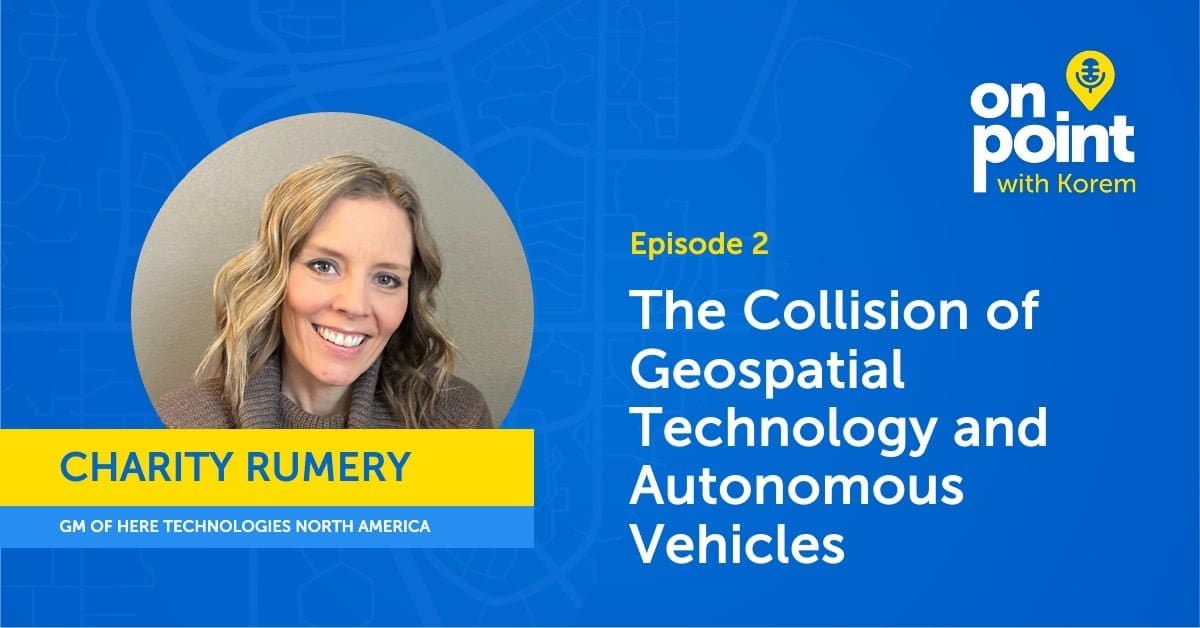Analytics
Geospatial technologies help you with fleet management route optimization, improving short-haul distribution and efficiently route local deliveries. With the overall cost of multi-modal shipping increasing and demands from consumers from the heavy volume of ecommerce, developing cost-efficient transportation solutions becomes an absolute necessity for both long-haul and last-mile delivery organizations.


